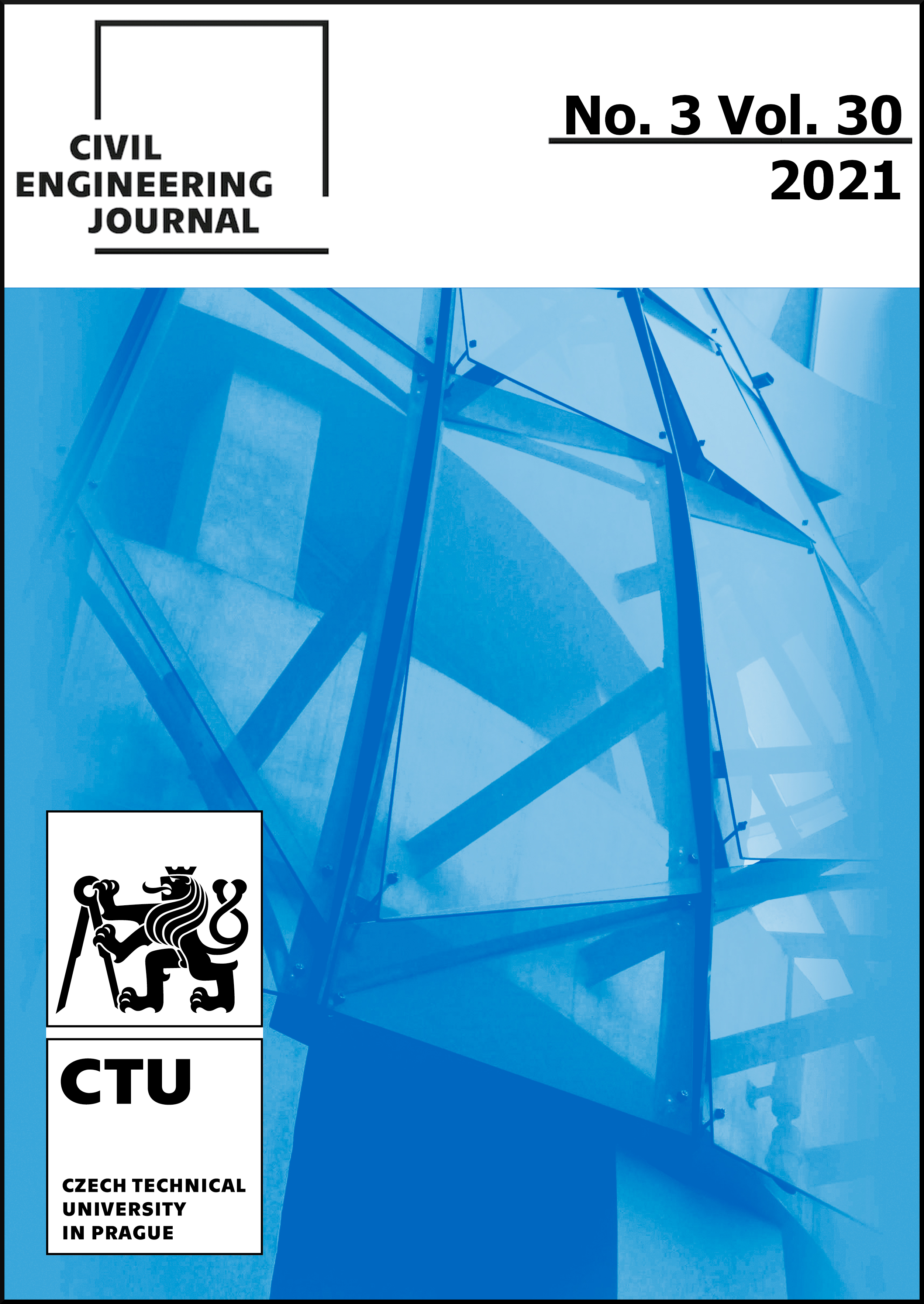ANALYSIS OF A LAYOUT SOLUTION OF DESIGN BY CTU STUDENTS – ÚŠTĚK RECTORY
DOI:
https://doi.org/10.14311/CEJ.2021.03.0045Keywords:
rectory, Layout, Restaurant design, Comparative analysesAbstract
The main objective of this paper is to compare student projects of café and restaurant interior in the preserved building of the rectory in a monument reservation in the centre of the town Úštěk. There are six projects dealing with suitability of café and restaurant in the building of the rectory. Students designed interiors and they also worked on the layout of the building with the adjacent courtyard and farm buildings, including their modifications. The article analyses and compares individual student works in terms of the use of areas for individual functions of operation and the number of seats for guests.
Downloads
References
Farhanah N., Azhari N., Mohamed E., 2012. Public Perception: Heritage Building conservation in Kuala Lumpur. In: Proccedings of ASEAN Conference on Environment-Behaviour Studies, (Procedia - Social and Behavioral Sciences 50), 271 – 279
https://doi.org/10.1016/j.sbspro.2012.08.033
Macdonald S., Cheong C., 2014. The Role of Public-Private Partnerships and the Third Sector in Conserving Heritage Buildings, Sites, and Historic Urban Areas (The Getty Conservation Institute, Los Angeles)
http://hdl.handle.net/10020/gci_pubs/public_private_partnerships
Elsorady D.A., 2014. Assessment of the compatibility of new uses for heritage buildings: The example of Alexandria National Museum, Alexandria, Egypt, (Journal of Cultural Heritage, Volume 15, Issue 5) 511-521
https://doi.org/10.1016/j.culher.2013.10.011
Haroun H.-A.A.F, Bakr A.F., Hasan A.E.-S., 2019. Multi-criteria decision making for adaptive reuse of heritage buildings: Aziza Fahmy Palace, Alexandria, Egypt (Alexandria Engineering Journal Volume 58, Issue 2) 467-478
https://doi.org/10.1016/j.aej.2019.04.003
Langston C., Shen l.-Y., 2007. Application of the adaptive reuse potential model in Hong Kong: A case study of Lui Seng Chun (International Journal of Strategic Property Management, 11:4) 193-207
https://doi.org/10.1080/1648715X.2007.9637569
Mehr S.Y., 2019. Analysis of 19th and 20th Century Conservation Key Theories in Relation to Contemporary Adaptive Reuse of Heritage Buildings (Heritage 2(1)) 920-937
https://doi.org/10.3390/heritage2010061
Kelly C. 2012. Socialist Churches: Heritage Preservation and ‘Cultic Buildings’ in Leningrad, 1924–1940 (Slavic Review, vol. 71, no. 4, 2012) 792–823
https://doi.org/10.5612/slavicreview.71.4.0792
DeBlock E., Fredericks A., Peacock D., Skrzek A., 2013. St. Mary's Parish House: Reuse and Rehabilitaion Feasibility Report (Historic Preservation. Paper 9.)
Conejos S., Langston C., Smith J., 2011. Improving the implementation of adaptive reuse strategies for historic buildings (In The IX International Forum of Studies: S.A.V.E. Heritage Institute of Sustainable) 1-10 pp.
Foster G., 2020, Circular economy strategies for adaptive reuse of cultural heritage buildings
to reduce environmental impacts (Resources, Conservation and Recycling Volume 152)
https://doi.org/10.1016/j.resconrec.2019.104507
Košťál B., 2015. Úštěk. (Baron, Hostivice)
Gabriel, F., Kursová L., 2015. Město Úštěk a jeho dva hrady (Městský úřad, Úštěk) Kde se vzalo město Úštěk?
Kibic, K., 1981. Paměť měst: městské památkové rezervace v Českých zemích, edited by Vladimíra Kašťáková 2. vyd. (Odeon, Praha)
Kuča, K. 2011. Města a městečka v Čechách, na Moravě a ve Slezsku (Praha, Libri) part 7
Košťál B., Sassmanová H., 2011. Úštěk Městská památková rezervace (Úštěk, Louny)
Downloads
Published
Issue
Section
License
Copyright (c) 2021 Stavební obzor - Civil Engineering Journal

This work is licensed under a Creative Commons Attribution-NonCommercial 4.0 International License.
Authors who publish with this journal agree to the following terms:
- Authors retain copyright and grant the journal right of first publication with the work simultaneously licensed under a Creative Commons Attribution License that allows others to share the work with an acknowledgement of the work's authorship and initial publication in this journal.
- Authors are able to enter into separate, additional contractual arrangements for the non-exclusive distribution of the journal's published version of the work (e.g., post it to an institutional repository or publish it in a book), with an acknowledgement of its initial publication in this journal.
- Authors are permitted and encouraged to post their work online (e.g., in institutional repositories or on their website) prior to and during the submission process, as it can lead to productive exchanges, as well as earlier and greater citation of published work (See The Effect of Open Access).
How to Cite
Accepted 2021-10-02
Published 2021-10-25










